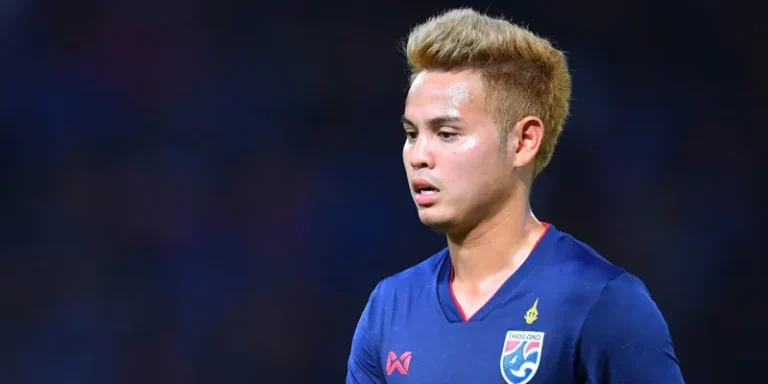
Union Berlin FC
Summary: The fan culture at Union Berlin FC is vibrant and deeply ingrained in the club’s identity. Their unwavering support, activism, and communal spirit make them a vital part of the club’s ongoing success story, embodying a model of football rooted in passion and social awareness bet88.
Key Players and Tactical Evolution of Union Berlin FC
A club’s success is often driven by its players and tactical strategies. Over the years, Union Berlin FC has developed a style of play that combines resilience, tactical discipline, and innovative attacking approaches, backed by key players making significant contributions.
Notable Players Who Shaped the Club
Throughout its history, Union Berlin has seen many talented individuals contribute to its progress. Players like Sebastian Polter, Christopher Trimmel, and Sheraldo Becker have become symbols of the club’s fighting spirit.
- Christopher Trimmel: As captain and a versatile defender, Trimmel embodies leadership and consistency. His contributions extend beyond the pitch, serving as a role model for the team and supporters alike.
- Sheraldo Becker: A dynamic winger known for his pace and creativity, Becker has been instrumental in Union Berlin’s attacking plays, adding flair and unpredictability.
- Timo Baumgartl and Andreas Luthe: Their defensive stability and experience have been vital during critical matches, providing balance in high-pressure situations.
Tactical Philosophy and Strategies
Since their promotion to the Bundesliga, Union Berlin has adopted an adaptable tactical approach. Their philosophy emphasizes:
- Compact defensive organization
- Quick counter-attacks
- Set-piece efficiency
- High pressing and intense work rate
This strategy allows them to compete effectively against technically superior teams and punch above their weight.
Evolution of Play Style Over the Years
Initially, Union Berlin FC relied on a straightforward, physically robust game, reflecting their working-class roots. As the club progressed, they incorporated more tactical sophistication, including possession-based build-up and positional fluidity.
Under current coaching regimes, they utilize flexible formations like 4-2-3-1 or 3-5-2, adjusting to opponents’ strengths while maintaining core principles of resilience and teamwork.
Development and Integration of Youth Talent
Investing in youth development has become central to the club’s long-term strategy. Scouting networks focus on nurturing local talent and integrating young players into the first team, ensuring continuity and fresh energy on the pitch.
Player development programs emphasize technical skills, tactical awareness, and mental toughness, aligning with the club’s cultural values of perseverance and community.

